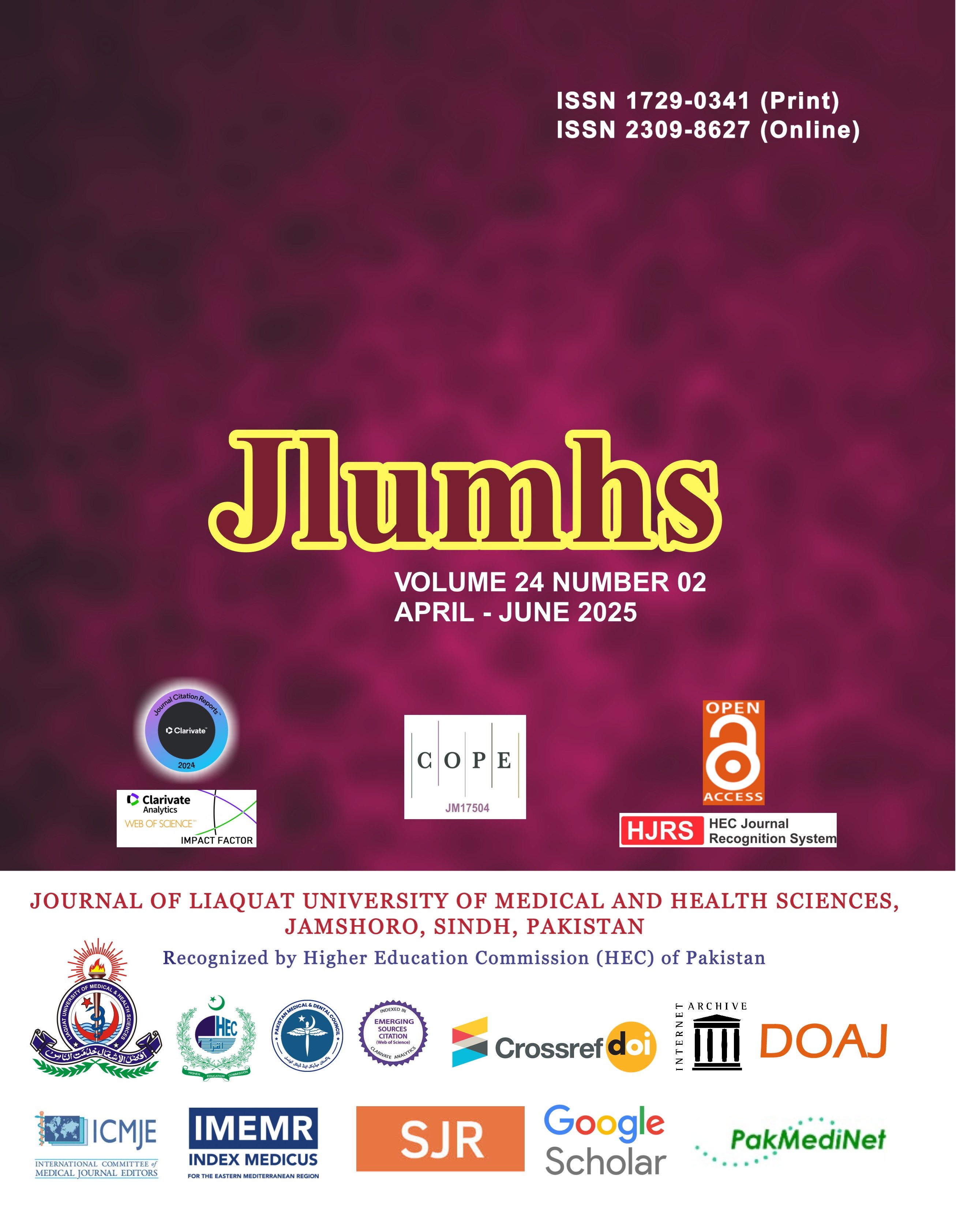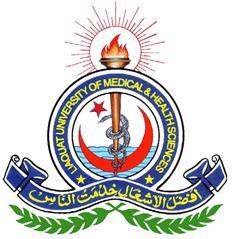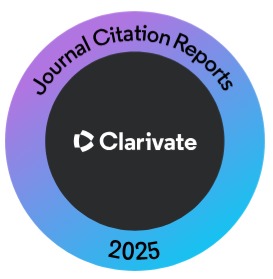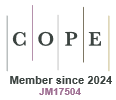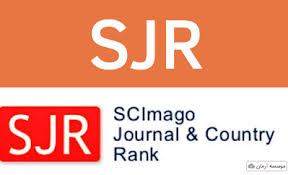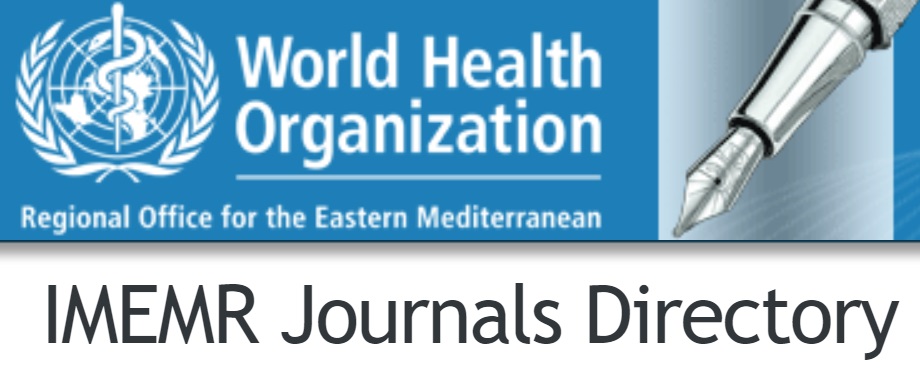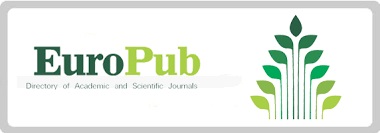Expression and Characterization of Trastuzumab in Baby Hamster Kidney Cell Line to Check its Anti-Cancer Activity in HCC 1954
Keywords:
Human epidermal growth factor receptor 2 (HER2), Trastuzumab, Breast cancer, Baby Hamster Kidney 21 (bhk21), Hepatocellular carcinoma (HCC1954), MTT AssayAbstract
OBJECTIVE: To investigate Trastuzumab's production and anti-cancer effects on hepatocellular carcinoma (HCC1954) cells.
METHODOLOGY: This study was conducted in IMBB/CRiMM, The University of Lahore, Pakistan. A humanized IgG1 monoclonal antibody (Trastuzumab) with a high affinity for the extracellular domain of HER2 was produced. Antibody includes humanized sequences. Its antiproliferative effect was quantified using the MTT assay on the Hepatocellular carcinoma (HCC1954) and BHK cells. SDS-PAGE confirmed HER2 protein expression. Statistical Analysis was performed using the Social Package for the Statistical Sciences (SPSS) version 17.0 (SPSS, Chicago, IL, USA).
RESULTS: The expressed monoclonal antibody (Trastuzumab) exhibited anti-cancer activity, specifically targeting and inhibiting cell proliferation in the HCC1954 breast cancer cell line. The MTT quantified the antibody's antiproliferative effects, & SDS-PAGE confirmed HER2 protein expression. The quality & expression levels of Trastuzumab were optimized, paving the way for its local manufacturing and use as a therapeutic option in Pakistan.
CONCLUSION: Trastuzumab effectively targets HER2, disrupting cancer-promoting pathways, which may provide therapeutic benefits. The study supports the feasibility of local production in Pakistan, which could improve treatment access and affordability for patients.
References
Kratzer TB, Siegel RL, Miller KD, Sung H, Islami F, Jemal A. Progress against cancer mortality 50 years after passage of the National Cancer Act. JAMA Oncol. 2022; 8(1): 156–9.
Pous A, Notario L, Hierro C, Layos L, Bugés C. HER2-positive gastric cancer: the role of immunotherapy and novel therapeutic strategies. Int J Mol Sci. 2023; 24(14): 11403.
Danenberg E, Bardwell H, Zanotelli VR, Provenzano E, Chin SF, Rueda OM et al. Breast tumor microenvironment structures are associated with genomic features and clinical outcome. Nat Genet. 2022; 54(5): 660–9.
Herrera-Calderon O, Yepes-Pérez AF, Quintero-Saumeth J, Rojas-Armas JP, Palomino-Pacheco M, Ortiz-Sánchez JM et al. Carvacrol: An In Silico Approach of a Candidate Drug on HER2, PI3K?, mTOR, hER??, PR, and EGFR Receptors in the Breast Cancer. Evid Based Complement Alternat Med. 2020; 2020: 8830665.
Bradley R, Braybrooke J, Gray R, Hills R, Liu Z, Peto R et al. Trastuzumab for early-stage, HER2-positive breast cancer: a meta-analysis of 13 864 women in seven randomized trials. Lancet Oncol. 2021; 22(8): 1139–50.
Modi S, Jacot W, Yamashita T, Sohn J, Vidal M, Tokunaga E et al. Trastuzumab deruxtecan in previously treated HER2-low advanced breast cancer. N Engl J Med. 2022; 387(1): 9–20.
Rugo HS, Bianchini G, Cortes J, Henning JW, Untch M. Optimizing treatment management of trastuzumab deruxtecan in clinical practice of breast cancer. ESMO Open. 2022; 7(4): 100553.
Zhou H, Cao S, Zhu X, Xie J, Fan L, Ge Q et al. A randomized Phase I pharmacokinetic trial comparing the potential biosimilar trastuzumab (SIBP-01) with the reference product (Herceptin®) in healthy Chinese male volunteers. Expert Opin Drug Metab Toxicol. 2020; 16(10): 997–1003.
Vivekanandhan S, Knutson KL. Resistance to Trastuzumab. Cancers (Basel). 2022; 14(20): 5115.
Wu X, Huang S, He W, Song M. Emerging insights into mechanisms of trastuzumab resistance in HER2-positive cancers. Int Immunopharmacol. 2023; 122: 110602.
Mutai R, Barkan T, Moore A, Sarfaty M, Shochat T, Yerushalmi R et al. Prognostic impact of HER2-low expression in hormone receptor-positive early breast cancer. Breast. 2021; 60: 62–9.
Hackshaw MD, Danysh HE, Henderson M, Wang E, Tu N, Islam Z et al. Prognostic factors of brain metastasis and survival among HER2-positive metastatic breast cancer patients: a systematic literature review. BMC Cancer. 2021; 21(1): 967.
Mahadevan G, Valiyaveettil S. Understanding the interactions of poly (methyl methacrylate) and poly (vinyl chloride) nanoparticles with BHK-21 cell line. Sci Rep. 2021; 11(1): 2089.
Ahmad I, Maqbool T, Naz S, Hadi F, Atif M. Apoptotic potential of geranyl acetate in HepG2 liver cancer cells. Int J Appl Experimental Biology. 2023; 2(2): 89-96.
Maqbool T, Awan SJ, Malik S, Hadi F, Shehzadi S, Tariq K. In-vitro antiproliferative, apoptotic and antioxidative activities of medicinal herb Kalonji (Nigella sativa). Curr Pharmaceut Biotechnol. 2019; 20(15): 1288-1308.
Hadi F, Maqbool T, Khurshid S, Nawaz A, Aftab S, Tahir S, Malik A. Anti-Fungal Activity of Cressa Cretica, Leptadenia Pyrotechnica and Pulicaria Crispa, Indigenous Plants of Cholistan Desert, Pakistan. Anti-Infective Agents. 2021; 19(3): 325-332.
Changizi Z, Moslehi A, Rohani AH, Eidi A. Chlorogenic acid inhibits growth of 4T1 breast cancer cells through involvement in Bax/Bcl2 pathway. J Cancer Res Ther. 2020; 16(6): 1435–42.
Mishra N, Rana K, Seelam SD, Kumar R, Pandey V, Salimath BP et al. Characterization and cytotoxicity of pseudomonas mediated Rhamnolipids against breast cancer MDA-MB-231 cell line. Front Bioeng Biotechnol. 2021; 9: 761266.
Kielkopf CL, Bauer W, Urbatsch IL. Sodium dodecyl sulfate-polyacrylamide gel electrophoresis of proteins. Cold Spring Harb Protoc. 2021; 2021; 12.
Mignot F, Kirova Y, Verrelle P, Teulade-Fichou MP, Megnin-Chanet F. In vitro effects of Trastuzumab Emtansine (T-DM1) and concurrent irradiation on HER2-positive breast cancer cells. Cancer Radiother. 2021; 25(2): 126–34.
Bardia A, Harnden K, Mauro L, Pennisi A, Armitage M, Soliman H. Clinical practices and institutional protocols on prophylaxis, monitoring, and management of selected adverse events associated with trastuzumab deruxtecan. Oncologist. 2022; 27(8): 637–45.
Bapat P, Sewell DG, Boylan M, Sharma AK, Spallholz JE. In vitro cytotoxicity of Trastuzumab (Tz) and se-trastuzumab (se-tz) against the her/2 breast cancer cell lines jimt-1 and bt-474. Int J Mol Sci. 2021; 22(9): 4655.
Downloads
Published
How to Cite
Issue
Section
License
Copyright (c) 2025 Journal of Liaquat University of Medical & Health Sciences

This work is licensed under a Creative Commons Attribution-NonCommercial-ShareAlike 4.0 International License.
Submission of a manuscript to the journal implies that all authors have read and agreed to the content of the undertaking form or the Terms and Conditions.
When an article is accepted for publication, the author(s) retain the copyright and are required to grant the publisher the right of first publication and other non-exclusive publishing rights to JLUMHS.
Articles published in the Journal of Liaquat University of Medical & health sciences are open access articles under a Creative Commons Attribution-Noncommercial - Share Alike 4.0 License. This license permits use, distribution and reproduction in any medium; provided the original work is properly cited and initial publication in this journal. This is in accordance with the BOAI definition of open access. In addition to that users are allowed to remix, tweak and build upon the work non-commercially as long as appropriate credit is given and the new creations are licensed under the identical terms. Or, in certain cases it can be stated that all articles and content there in are published under creative commons license unless stated otherwise.

